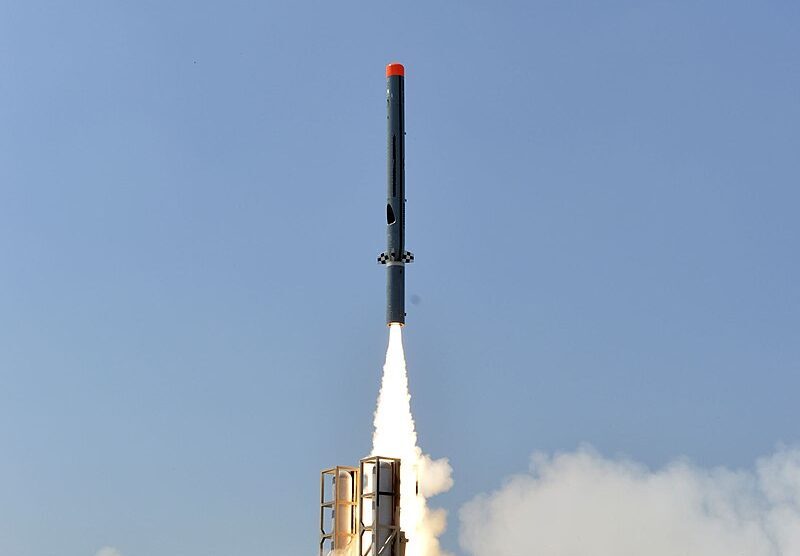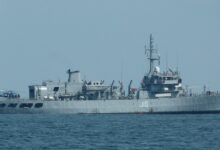
- The engine worked as it was supposed to, but the missile system couldn't go as far as it was supposed to because of problems with the control mechanism.
- After the initial boost phase in October 2022, the engine had some problems, and the missile system fell into the sea 30 seconds after it was launched.
India’s first cruise missile made with its own technology, called a “Indigenous Technology Cruise Missile” (ITCM), was tested at a defence facility in Odisha’s Balasore district. It had a small turbofan engine made in India called “Manik” and an improved radio frequency seeker.
Sources say that the new engine is being tested to see how well it works, but details are still needed.
The ‘Manik’ STFE is a 400 kgf thrust class bypass engine that was designed and built at the ‘Gas Turbine Research Establishment’ (GTRE) lab in Bengaluru by the Defense Research and Development Organization (DRDO). It is meant to move the Nirbhay ITCM, a two-stage missile with a solid rocket motor booster made by the Advanced Systems Laboratory (ASL).
DRDO says that the STFE engine is a standard twin-spool engine that doesn’t have an afterburner. It is a short-lived, one-time-use turbofan engine made up of different modules.
Since 2020, there have been three tests of the ITCM. Two of them failed, and one was a “partial success.”
In October 2020, a test had to be stopped because the system went off the flight path that had been planned. A year later, the DRDO did its first “partially” successful test of the Manik engine. The engine worked as it was supposed to, but the missile system couldn’t go as far as it was supposed to because of problems with the control mechanism. After the initial boost phase in October 2022, the engine had some problems, and the missile system fell into the sea 30 seconds after it was launched.







Facebook Comments